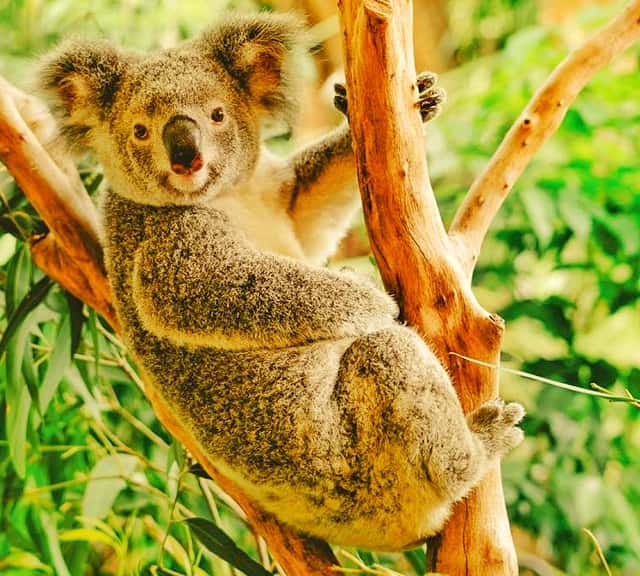Historical Evolution of the Koalas - A Physical Perspective
Koalas' latest and ultimate evolution took place almost 15 million years ago within the continent of Australia. During this period, the icehouse phase emerged at the Australian landscape. Consequently; an extreme degree of cold and frost gripped the whole continent which created a big impact on the basic plantation such as the Australian rain forests and the animals (including the koala ancestors) within the region.
The Koalas' ultimate evolution took place some 15 million years ago, when Australia's drought tolerant plantations i.e., Eucalyptus emerged and the koalas thrived on them.
The frosty conditions destroyed the Australian rain forests while drought tolerant plantations were the only ones to survive. One of those drought tolerant plantation were the Eucalyptus, whose rise also thrived the koalas' ultimate evolution. In fact, today's koalas are almost identical to the koalas that emerged, as a result of the icehouse phase of 15 million years back.
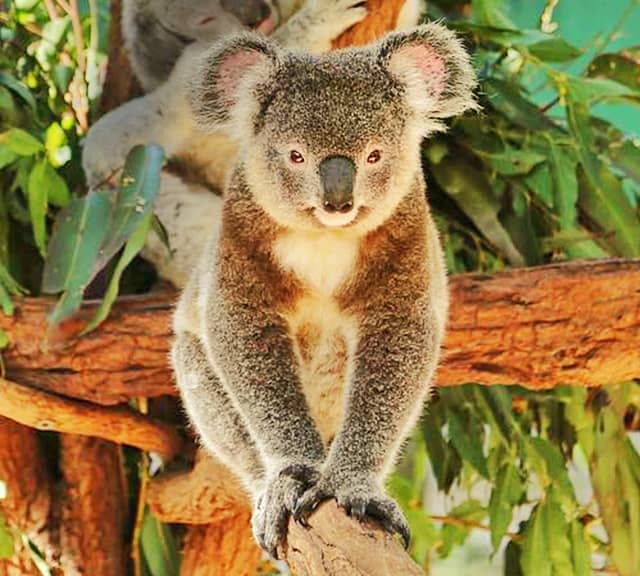
Koalas' Latest Evolution
15 Million years ago
Location of Origin
Australian Continent
Key Factor
Icehouse Phase & Droughts
Habitat Loss
Rain Forests
New Habitat
Eucalyptuses
New Species
The Koalas
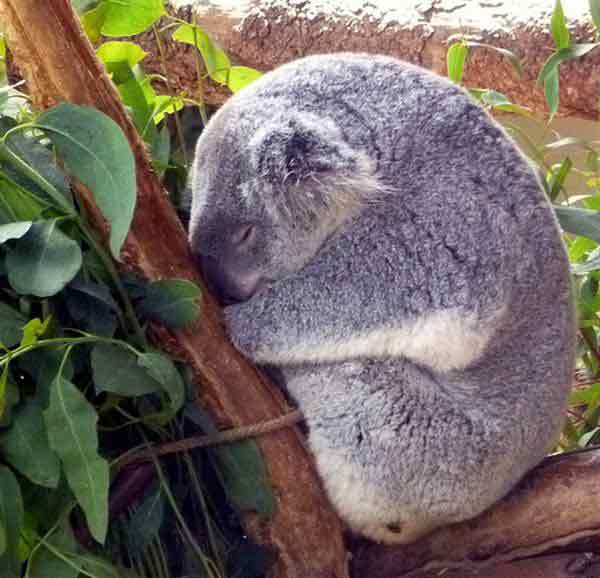
Beyond 15 million years ago, the koalas' ancestral period started which could be dated back from the period in which the Marsupials rose i.e., a time frame of roughly 100 to 125 million years ago. The rise of the Marsupial mammals took place at the Eurasian region (125 million years ago) and from there the Marsupial mammals (including the koalas' ancestors) spread throughout the world.
The origin and evolution of the koalas could be traced back during the rise of the Marsupial from the Eurasian region. This happened almost 125 million years ago.
At that time, the Australian continent was bonded with Antarctica and South America which themselves were part of the huge super continent i.e., Gondwana (Combination of Australia, South America, Africa, Australian, Arabia, Madagascar and Antarctica).
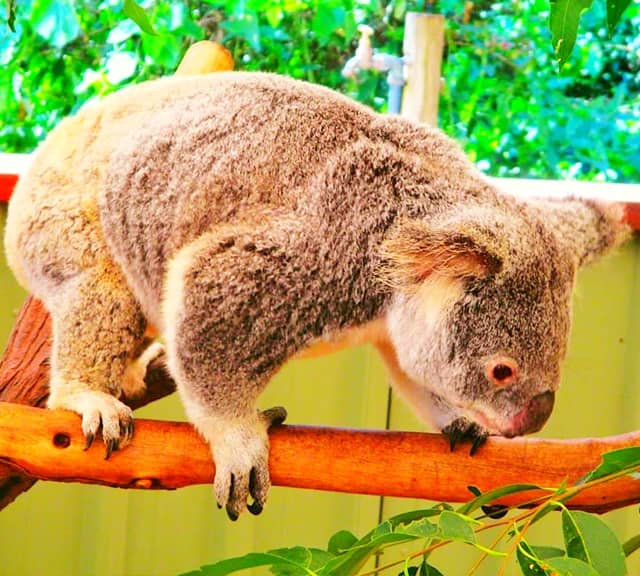
Koalas' Ancestors
Marsupials
Ancestors' Location
Eurasia
Period of Time
125 Million years Ago
Australian Continent
Part of Gondwana
Gondwana Regions
Australia, South America, India, Arabia, Antarctica and Africa
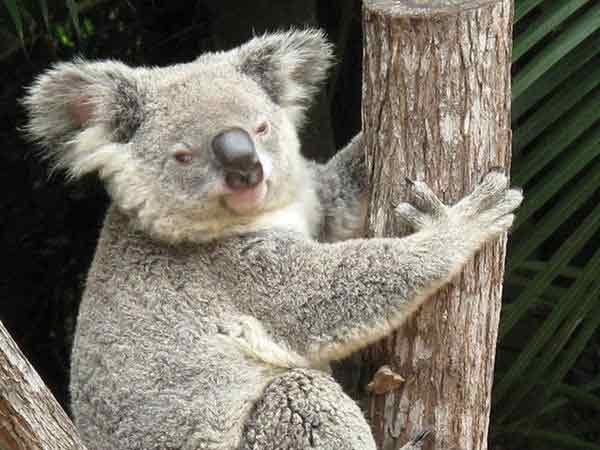
According to the fossil records, the Marsupial animals and the koalas' ancestors entered the Australian continent some 55 million years ago. Chiefly; the presence of the rain forests attracted the Marsupials to enter the Australian continent. At that time the super continent (Gondwana) already had a big split but Australia was still connected to the South America and the Antarctica.
The koala ancestors entered the Australian continent some 55 million years ago while 45 million years ago, the Australian continent started to drift away from the South America and the Antarctica.
10 years later (45 million years ago), the Australian continent started to drift away from both of them, thereby; taking reasonable numbers of the Marsupials (including the koala ancestors) through this drift. During this period the Marsupials enjoyed the abundance of the rain forests within the region for millions of years until the frosty drought period arrived.
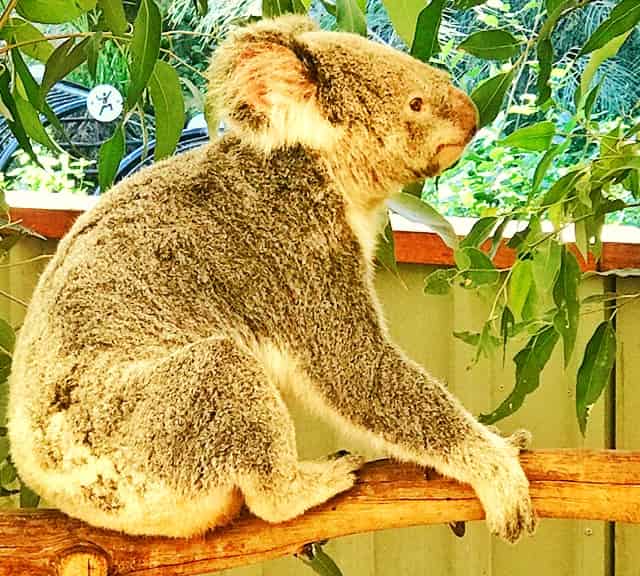
Marsuipals' Entry in Australia
55 Million Years Ago
Australian Conitnent
Bonded with South America & Antarctica
Koalas' Ancestors
Fed on Rain Forests
45 Million years Ago
Australia Started to Drift
Koalas' Ancestors
Now in Australian Continent
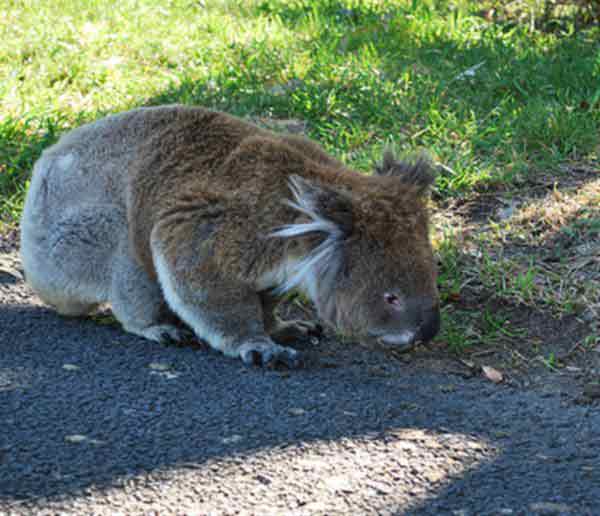
Finally, about 15 million years ago and 30 million years after the Australian drift from the other continents (South American and Antarctica), a major cold wave struck the continent which could be termed as the icehouse phase. It was during this phase that the ultimate evolution of the koalas took place.
The final emergence of the koalas from its ancestors took place some 15 million years ago, when only the drought tolerant plantation (Eucalyptuses) thrived at the continent and the Marsupials had to adapt to them.
During this phase, a frosty drought started to grip the whole continent and only the drought resistant plantation and animals either emerged or survived. One such example included the survival and emergence of the Eucalyptus within the Australian continent. The koalas' ancestors adapted these drought tolerant Eucalyptuses which resulted in the emergence of the koalas within the Australian continent.
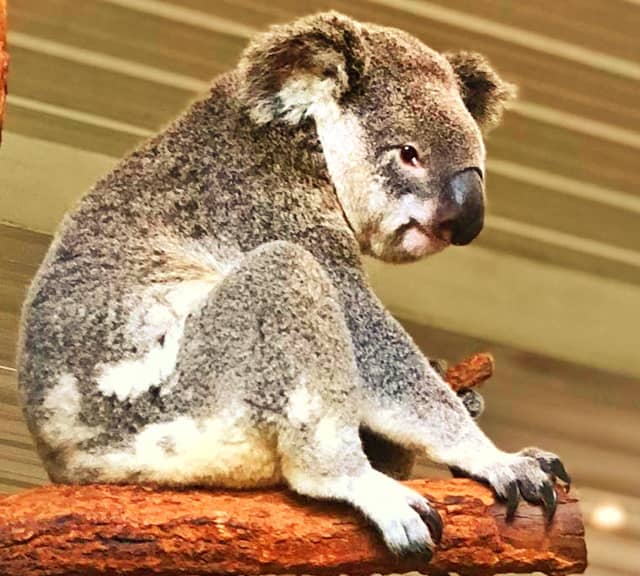
Therefore; summarizing above periods of evolution for the koalas, we can conclude that the koalas belong to Marsupial group of mammals which emerged 125 million years ago from Eurasia. About 55 million years ago a group of Marsupial animals including the koala ancestors migrated to the Australian continent. 45 to 40 million years ago; the Australia continent separated from the Antarctica and South America which resulted in isolation of the Australian Marsupials.
The evolutionary period of the modern day koala started 125 million years ago in Eurasia (the rise of Marsupials) to its final evolution (the rise of Modern Day Koala) some 15 million years ago in Australia.
Finally; within Australia, about 15 million years ago, the koalas ultimately evolved from its ancestors that had to adapt on the drought tolerant Eucalyptuses. The modern day koalas in Australia are almost identical to the koalas that evolved 15 million years ago.

Among the koala ancestors, the modern day wombats are considered to be the closes relatives of the koalas. Wombats which also belong to the Marsupial group of mammals separated from their koala relatives some 40 million years ago. Therefore; it wouldn't be wrong to conclude that the Wombats and the koalas both entered the Australian continent with the same group of ancestors.
Wombats are considered as the closest relatives of the modern day koalas. Both Marsupial relatives separated some 40 to 42 million years ago, when rain forests were in abundance.
Both of them made a perfect adaption and survived seamlessly during the icehouse drought period. Today; the Koalas and the Wombats are considered as the modern day icons of the Australian continent belonging to the Marsupial family.
